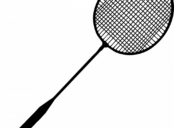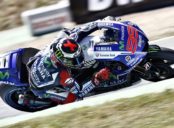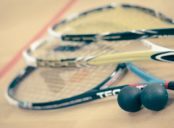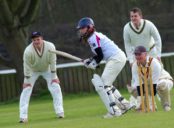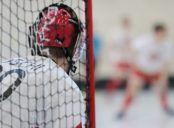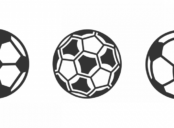”Curling Paralympics Final: The Ultimate Showdown of Skill, Strategy, and Determination”
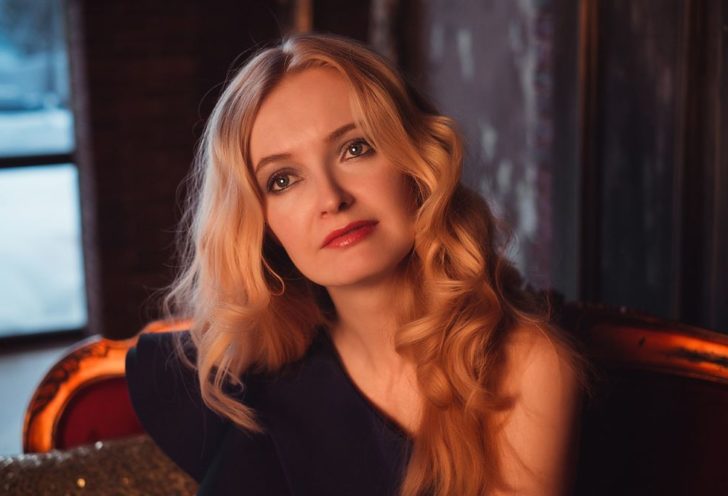
Curling Paralympics Final: The Ultimate Showdown of Skill, Strategy, and Determination
An Overview of the Curling Paralympics Final
Curling Paralympics Final is the pinnacle event in the world of wheelchair curling. This highly anticipated competition showcases the remarkable talent, dedication, and sportsmanship of athletes with physical disabilities. The final match is the culmination of intense rounds of qualification matches, where teams from different nations compete for a chance to battle it out for the prestigious title.
Understanding Curling Paralympics Final
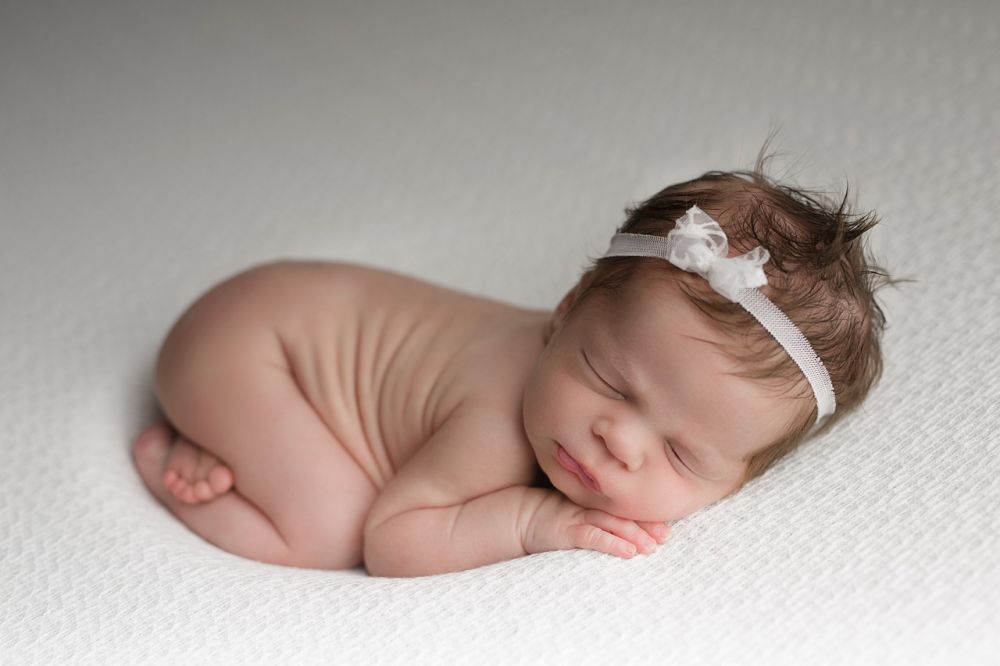
Curling Paralympics Final is a specialized version of curling designed for individuals with physical disabilities, who compete in wheelchairs. The game is played on an ice rink with four players per team. The objective is to slide stones towards the target area, called the ”house,” and score points based on the proximity of the stones to the center. The team with the highest score at the end of the final match emerges as the winner.
There are several types of curling paralympics finals, including individual, pairs, and team events. In individual events, wheelchair curlers compete head-to-head, showcasing their individual skills and abilities. Pairs events involve two wheelchair curlers playing as a team, demonstrating teamwork and coordination. Team events consist of four wheelchair curlers per team, highlighting the strengths and strategies of each member.
The popularity of curling paralympics finals has been steadily increasing, drawing global attention and attracting a large fan base. The sport’s inclusive nature and the incredible athleticism of the athletes have captivated audiences worldwide. As a result, the curling paralympics finals have garnered a significant following and have become a cornerstone of the Paralympic Games.
Quantitative Measurements in the Curling Paralympics Final
Quantitative measurements play a crucial role in evaluating performance and determining the outcome of the curling paralympics final. Key metrics used include:
1. Distance: The distance of stones thrown can determine the effectiveness of a player’s shot, with longer distances indicating greater precision and control.
2. Accuracy: Accuracy refers to how closely the stones placed by the players match the desired target position. Evaluating accuracy helps assess the player’s skill in hitting specific areas of the house.
3. Scoring: Scoring is based on the number of stones a team has in the house and their proximity to the center. The team with the most stones closest to the center receives points accordingly.
These measurements provide a comprehensive understanding of the players’ performance and contribute to the excitement and competitiveness of the curling paralympics final.
Exploring the Differences Among Curling Paralympics Finals
Despite sharing a common objective and rules, different types of curling paralympics finals possess distinct characteristics that set them apart from each other. These differences primarily revolve around:
1. Gameplay Tactics: Individual curling paralympics finals focus on individual skills and strategies, while pairs and team events require effective communication and teamwork.
2. Shot Selection: In individual finals, players make decisions solely based on their own preferences and abilities. In pairs and team events, shot selection is a group effort, considering input from multiple players.
3. Coordination and Communication: While individual finals solely rely on personal execution, pairs and team events demand seamless coordination and effective communication among team members.
4. Tactics and Strategies: The tactics and strategies applied in different finals can vary based on the number of players involved, influencing how shots are placed and points are accumulated.
The Historical Pros and Cons of Different Curling Paralympics Finals
Throughout the evolution of curling paralympics finals, various rules and formats have been introduced, each with its own advantages and disadvantages.
1. Individual Finals: Pros include showcasing individual talent and allowing wheelchair curlers to focus solely on their own performance. However, it may lack the excitement of team dynamics and collaborative play.
2. Pairs Finals: Pros include improved teamwork and communication, allowing players to benefit from each other’s strengths. However, challenges may arise in coordinating strategies and executing shots.
3. Team Finals: Pros include the opportunity for diverse strategic gameplay and fostering strong team dynamics. However, individual performances may be overshadowed, and decision-making can become complex due to the larger number of players involved.
Despite these pros and cons, the curling paralympics finals continue to captivate audiences and demonstrate the remarkable spirit of resilience and determination of the participating athletes.
Conclusion:
The curling paralympics final represents the pinnacle of wheelchair curling, showcasing the incredible skill, strategy, and determination of athletes with physical disabilities. This overview has provided an in-depth understanding of the event, its different types, quantitative measurements, differences among finals, and the historical pros and cons associated with each type.
As the sport gains more recognition and support, the curling paralympics final continues to evolve, bringing forth new challenges, excitement, and inspiration. It is a true testament to the power of sport, breaking barriers, and highlighting the potential of every individual, regardless of physical abilities.

